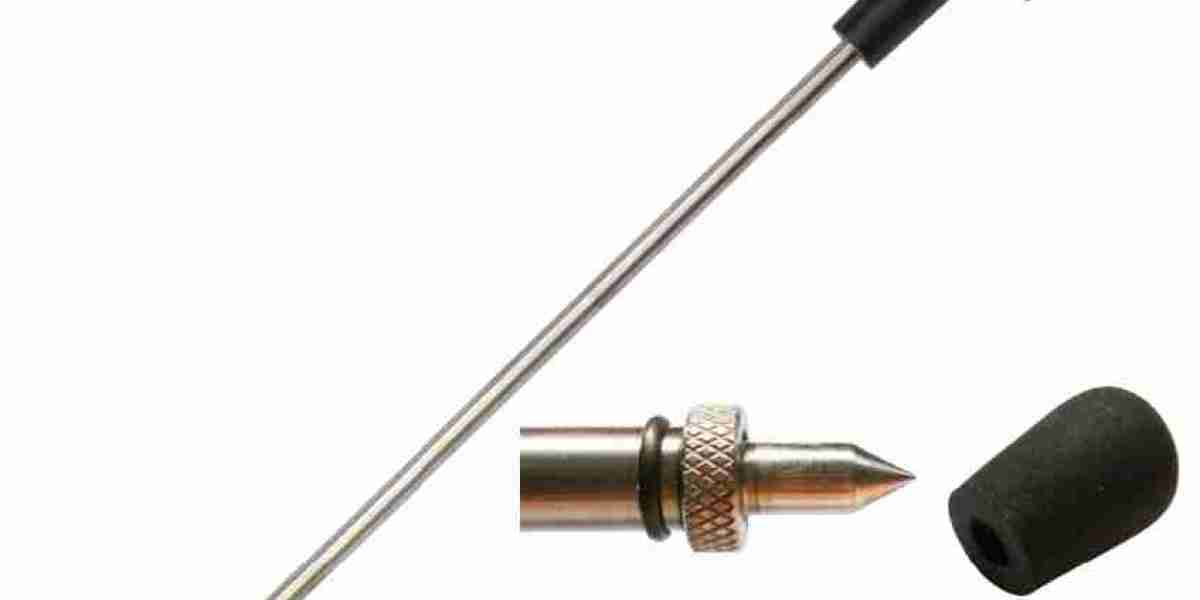The field of orthopedics has seen remarkable advancements in recent years, driven largely by innovations in arthroscopy devices. These devices, which allow for minimally invasive surgeries, are transforming how orthopedic surgeons diagnose and treat musculoskeletal conditions. As demand for more efficient, less invasive treatments rises, cutting-edge technologies are playing an increasingly significant role in shaping the future of orthopedic care. This article explores the innovations within the arthroscopy devices market and their impact on orthopedic practices worldwide.
Arthroscopy involves the use of a small camera called an arthroscope, which is inserted into the body through a small incision, providing a clear view of the affected joint. Alongside the arthroscope, surgeons utilize specialized instruments to perform repairs or remove damaged tissue. Over the years, advancements in these devices have resulted in quicker recovery times, reduced complications, and more accurate diagnoses.
One of the most notable innovations in the arthroscopy devices market is the development of high-definition imaging systems. Traditional arthroscopic procedures were often limited by lower-resolution cameras, which made it challenging to detect subtle issues within joints. Today, high-definition (HD) cameras and 4K resolution systems are becoming more common, offering surgeons unprecedented visual clarity. This enhanced imaging helps in identifying small tears, inflammation, and cartilage damage with greater precision, leading to more successful surgeries and better patient outcomes.
In addition to improved imaging, the integration of 3D visualization technology has revolutionized how surgeons approach arthroscopic procedures. 3D arthroscopic systems create a three-dimensional view of the joint, offering a more detailed and accurate representation of the affected area. This technology improves the ability to plan and execute surgeries, particularly in complex cases involving joint reconstruction or repair. Surgeons can now visualize structures from multiple angles, reducing the risk of errors during the procedure.
Robotic-assisted arthroscopy is another cutting-edge innovation gaining traction in the arthroscopy devices market. Robotic systems, such as those designed to assist in knee and hip surgeries, enhance precision by allowing for more controlled and smaller incisions. These systems can guide the surgeon’s hand with pinpoint accuracy, reducing human error and improving surgical outcomes. Moreover, robotic assistance allows for a more consistent approach to procedures, which is especially beneficial in repetitive surgeries or cases that require high accuracy, such as ligament reconstruction.
The evolution of minimally invasive tools is also changing the landscape of joint surgeries. Traditionally, arthroscopic instruments were relatively bulky and limited in scope, restricting their utility in certain procedures. New materials and engineering techniques have led to the development of more flexible, smaller, and ergonomically designed tools. These tools enable surgeons to operate more effectively, accessing hard-to-reach areas with greater ease and reducing the trauma to surrounding tissues. This leads to faster recovery times for patients and less risk of complications.
Another innovative development in the arthroscopy devices market is the use of smart devices and artificial intelligence (AI) in surgery planning and execution. AI algorithms can analyze pre-operative data, such as MRI and CT scans, to help create a personalized surgical plan for each patient. These technologies are also capable of identifying potential complications during surgery and offering suggestions for corrective actions in real-time, further enhancing the safety and success rates of procedures.
Arthroscopy devices are also benefiting from advancements in materials science. The use of biocompatible materials and coatings has made it possible to create devices that are both stronger and lighter. This allows for a more comfortable experience for patients, as well as reduces the strain on surgeons who use these instruments for extended periods. Additionally, newer materials are designed to be more durable, increasing the lifespan of the devices and reducing the need for frequent replacements.
As these technological innovations continue to emerge, the future of arthroscopy looks brighter than ever. The ability to perform more precise, minimally invasive surgeries not only improves the quality of care for patients but also reduces the overall cost of orthopedic treatments by shortening hospital stays and speeding up recovery times. With innovations such as robotic systems, advanced imaging, and AI, the arthroscopy devices market is poised to further revolutionize the way joint conditions are treated, ensuring better outcomes and a higher quality of life for patients.
In conclusion, the arthroscopy devices market is at the forefront of orthopedic innovation, with cutting-edge technologies transforming the way orthopedic surgeries are performed. From high-definition imaging systems to robotic-assisted procedures and AI-driven tools, these advancements are setting new standards for precision, patient safety, and recovery. As technology continues to evolve, the future of orthopedics promises even greater improvements in the treatment of musculoskeletal conditions.




